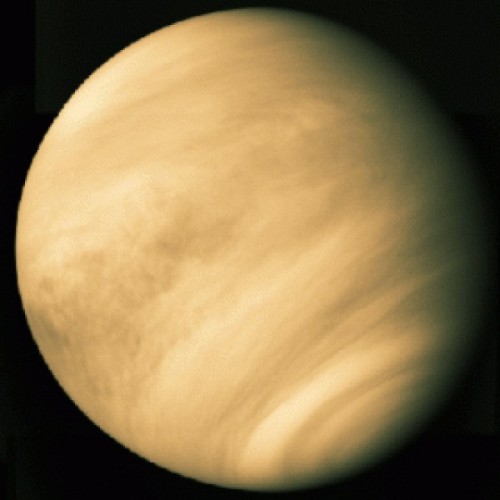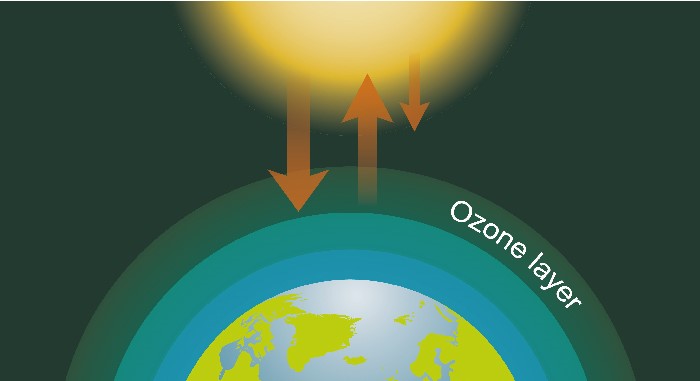A new study, led by the University of Wisconsin, Madison, has reinvigorated the debate on whether or not alien life could be found in the clouds of Venus, a planet famed for its environmental extremes.
Writing in the journal Astrobiology, the team suggest that future space missions should target the lower cloud layer of our sister world for exploration, noting that its moderate temperatures (60°C/140°F) and pressures, along with the presence of sulfuric acid aerosols, make it an “exceptional target”.
Comparing the spectral (light-interacting) properties of this cloud layer to materials found on Earth, the team suggest that the soup over there is sufficient “to harbor microorganisms,” so much so that any biomass there could potentially “be detected by optical methods”.
The search for extraterrestrial life within our Solar System tends to eschew Venus, and instead focused on a handful of candidates: Mars, Jupiter’s moon Europa, and Saturn’s Enceladus. It’s deeply uncertain whether or not microbial life exists on these celestial spheres, but their similarity to some of Earth’s extreme environments – which are often populated by microbes – suggests it’s indeed possible.
Venus, however, has been suggested before. Yes, the surface of Venus has an air pressure of 90 times that of ours, and we’re certain nothing could survive baking under temperatures of 465°C (870°F) – but the skies are a different story.
As noted by the international team of authors behind this new paper, it was first brought up by none other than Carl Sagan, along with famed biophysicist Harold Morowitz, in the 1960s. Writing in Nature, they surmised that “while the surface conditions of Venus make the hypothesis of life there implausible, the clouds of Venus are a different story altogether.
“Water, carbon dioxide and sunlight—the prerequisites for photosynthesis—are plentiful in the vicinity of the clouds,” they noted, adding that the Earth-like atmospheric pressures and temperatures there are fairly reasonable for microbial life. “It is by no means difficult to imagine an indigenous biology in the clouds of Venus.”





